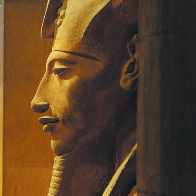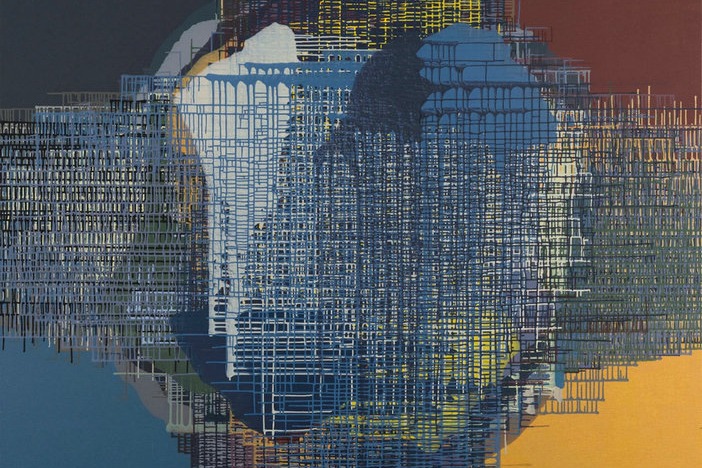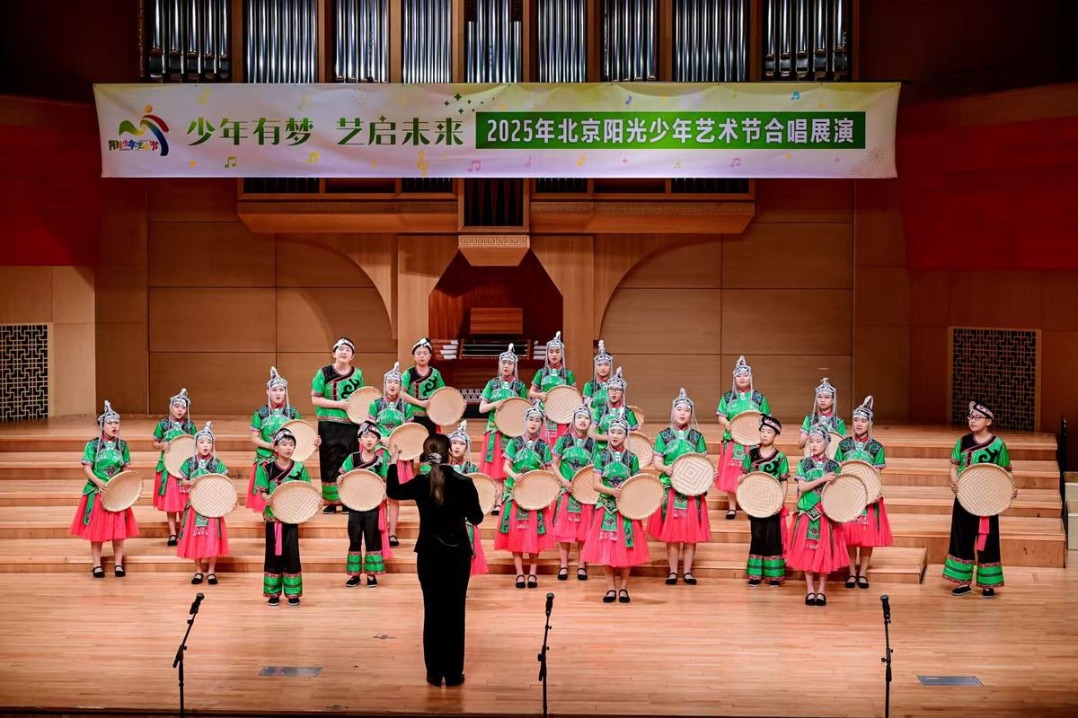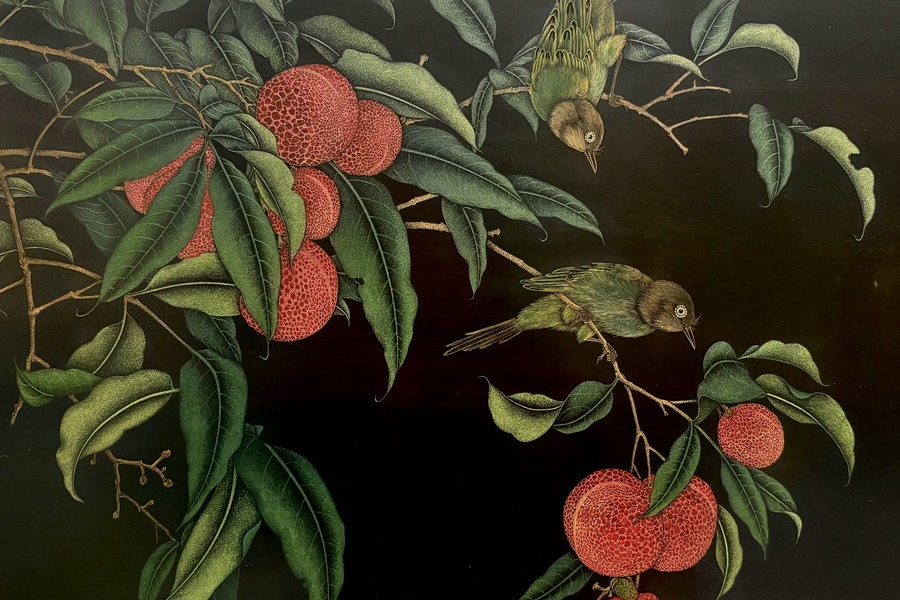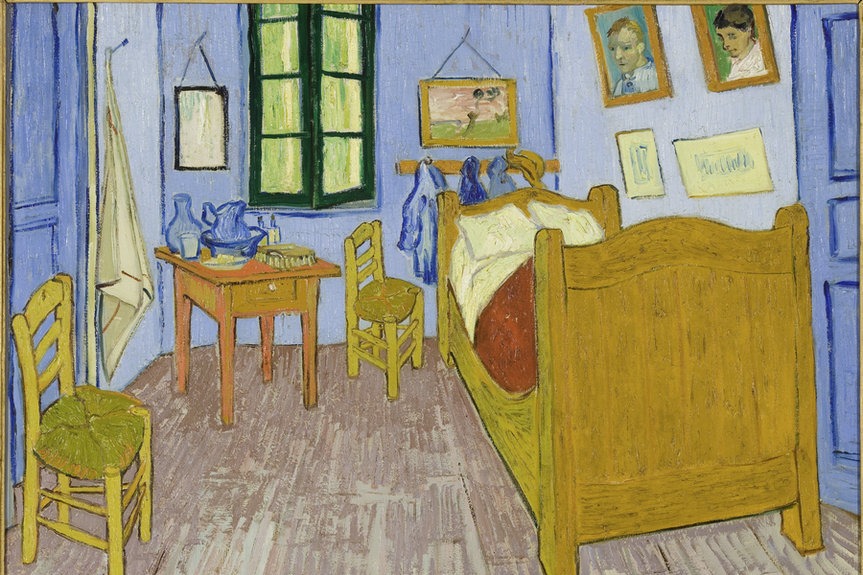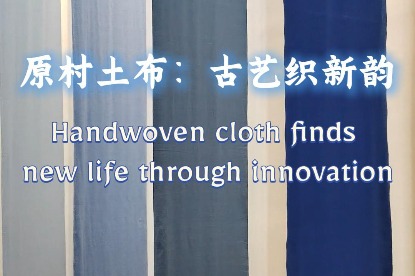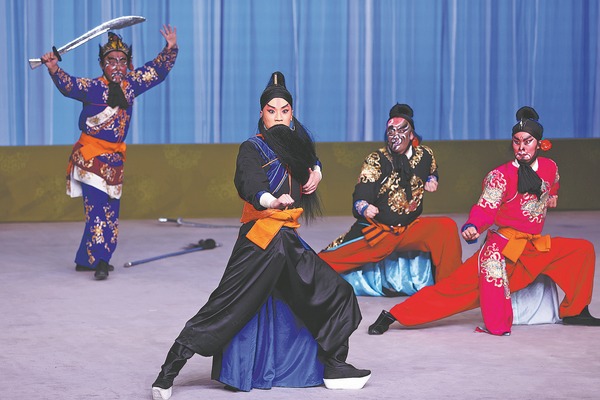Civilizations of the mind


China and Egypt share common features in their ancient roots, Zhao Xu reports.
Can you guess which exhibition has drawn the most visitors in the world? On Top of the Pyramid: The Civilization of Ancient Egypt, currently on view at the Shanghai Museum, has welcomed over 2 million visitors since opening in last July, setting a global record for attendance at a single ticketed antiquities show. Of these, nearly 70 percent came from outside Shanghai, with most traveling specifically to see the exhibition.
"It's more than curiosity; it's a longing to understand a civilization as ancient and magnificent as our own," says Xue Jiang, one of the curators. "As two of the world's oldest civilizations, Egypt and China invite comparison, through the sophistication of their art and the shared values they reflect."
That sophistication resonates with Chinese audiences. Just as Egyptian art brims with symbolism, so too does ancient Chinese art — exemplified by the intricately cast bronze vessels of the Shang and Zhou dynasties between the 16th century and 3rd century BC — steeped in ritual and meaning.
"Both civilizations rose along rivers — the Nile, and the Yellow and Yangtze — which shaped their cultures, fostered agriculture, and inspired profound connections to nature," says Xue. "Despite no contact in antiquity, their spiritual and artistic affinities are striking."
The Nile, with its steady, life-giving floods, contrasts with the volatile Yellow River, the harnessing of which demanded resilience and ingenuity. Yet both rivers nurtured worldviews in which nature was not merely endured but revered — shaping ideas and beliefs that echoed the rhythm, cycles, and duality of the natural world.


